GRI Standards Table
| Disclosure number | Disclosure title | Reporting degree | Additional information/link | Sustainable development objective |
|---|---|---|---|---|
| GRI 102: General standard information (2016) | ||||
| Organisation profile | ||||
| GRI 102-1 | Name of the organisation | Full | GRI 102-1 | |
| GRI 102-2 | Basic brands, products and services | Full | GRI 102-2 | |
| GRI 102-3 | Location of headquarters | Full | GRI 102-3 | |
| GRI 102-4 | Number of countries where the organisation operates, and names of countries where either major operations are located or that are specifically relevant to the sustainability issues covered in the report | Full | GRI 102-4 | |
| GRI 102-5 | Ownership and legal form | Full | GRI 102-5 GRI 102-5 | |
| GRI 102-6 | Markets served by the organisation (taking into account the geographical breakdown, sectors served, types of customers and beneficiaries) | Full | GRI 102-6 GRI 102-6 | |
| GRI 102-7 | Scale of the organisation | Full | GRI 102-7 | |
| GRI 102-8 | Total number of employees by type of employment, type of employment contract, region and gender | Full | GRI_102-8 GRI_102-8 GRI_102-8 GRI_102-8 GRI_102-8 | |
| GRI 102-9 | Description of the organisation's supply chain | Full | GRI 102-9 | |
| GRI 102-10 | Significant changes in the reported period to the organisation size, its structure, ownership or supply chain | Full |
In 2017, the PSE Branches were transformed into field subunits (ZKOs). PSE has its field units (ZKOs) in Bydgoszcz, Katowice, Poznań, Radom and Warsaw. |
|
| GRI 102-11 | Explanation whether the organisation applies the precautionary principle, and if so, how it is implemented | Full | GRI 102-11 GRI 102-11 GRI 102-11 | |
| GRI 102-12 | External initiatives, declarations or principles concerning economic, environmental or social issues, which the company has signed or which it applies | Full | GRI 102-12 | |
| GRI 102-13 | Membership of associations (e.g. industry) and national or international organisations | Full | GRI 102-13 | |
| Strategy and analysis | ||||
| GRI 102-14 | Statement from senior decision-maker on the significance of sustainable development to the organisation and its strategy. | Full | GRI 102-14 | |
| GRI 102-15 | Description of key impacts, risks and opportunities | Partial | GRI 102-15 | |
| Ethics and integrity | ||||
| GRI 102-16 | Internally developed statement of mission or values, code of conduct and code of ethics | Full | GRI 102-16 GRI 102-16 | |
| GRI 102-17 | Internal and external mechanisms for seeking advice about ethical and lawful behaviour, and organisational integrity | Full | GRI 102-17 | |
| Corporate governance | ||||
| GRI 102-18 | Governance structure of the organisation, including committees under the highest governance body responsible for decision concerning economic, environmental and social impacts | Full | GRI 102-18 GRI 102-18 GRI 102-18 | |
| GRI 102-20 | Executive-level positions or positions with responsibility for economic, environmental and social topics reporting directly to the highest governance bodies | Full | GRI 102-20 | |
| GRI 102-22 | Number and gender of members of the highest governance body and its committees | Full | GRI 102-22 GRI 102-22 GRI 102-22 | |
| Stakeholder engagement | ||||
| GRI 102-40 | List of stakeholder groups engaged by the organisation | Full | GRI 102-40 | |
| GRI 102-41 | Percentage of employees covered by collective bargaining agreements | Full | GRI 102-41 | |
| GRI 102-42 | Basis for identification and selection of stakeholders with whom to engage | Full | GRI 102-42 GRI 102-42 | |
| GRI 102-43 | Approaches to stakeholder engagement, including frequency of engagement by type and by stakeholder group | Full | GRI 102-43 GRI 102-43 GRI 102-43 | |
| GRI 102-44 | Key topics and concerns that have been raised through stakeholder engagement | Full |
Key topics and concerns have been assigned to individual stakeholder groups and are accessible from the main report menu level. GRI 102-44 GRI 102-44 |
|
| GRI 102-45 | All entities included in the consolidated financial statements or equivalent documents | Full | GRI 102-45 | |
| GRI 102-46 | Defining report content and topic boundaries | Full | GRI 102-46 | |
| GRI 102-47 | Material topics identified in the report content definition process | Full | GRI 102-47 | |
| GRI 102-48 | The effect of any restatements of information provided in previous reports and reasons for such restatements | Full |
Change of data presentation methodology for the GRI 404-1 indicator |
|
| GRI 102-49 | Significant changes from previous reporting periods in the scope and boundaries of aspects | Full |
No significant changes were defined |
|
| Reporting period | ||||
| GRI 102-50 | Reporting period | Full | GRI 102-50 | |
| GRI 102-51 | Date of most recent report (published) | Full |
December 2018 GRI 102-51 |
|
| GRI 102-52 | Reporting cycle (annual, biannual, etc.) | Full | GRI 102-52 | |
| GRI 102-53 | Contact person | Full | GRI 102-53 | |
| GRI 102-54 | Claims of reporting in accordance with the GRI Standards in Core or Comprehensive option | Full | GRI 102-54 | |
| GRI 102-55 | Table identifying the location of the indicators in the report | Full | GRI 102-55 | |
| GRI 102-56 | Policy and current practice with regard to seeking external assurance for the report. If not included in an independent assurance report, an explanation of the scope and basis for external assurance, and relations between the organisation and the external assurance body | Full | GRI 102-56 | |
| Approach to management | ||||
| GRI 103-1 | Explanation of topics identified as material and their boundaries | Full | GRI 103-1 GRI 103-1 GRI 103-1 GRI 103-1 GRI 103-1 GRI 103-1 GRI 103-1 GRI 103-1 GRI 103-1 GRI 103-1 GRI 103-1 GRI 103-1 GRI 103-1 GRI 103-1 GRI 103-1 GRI 103-1 GRI 103-1 GRI 103-1 GRI 103-1 GRI 103-1 GRI 103-1 GRI 103-1 GRI 103-1 GRI 103-1 GRI 103-1 GRI 103-1 | |
| GRI 103-2 | The management approach to topics identified as material | Full |
For all topics identified as material, the topic management approach is described along with evaluation. GRI 103-2 GRI 103-2 GRI 103-2 GRI 103-2 GRI 103-2 GRI 103-2 GRI 103-2 GRI 103-2 GRI 103-2 GRI 103-2 |
|
| GRI 103-3 | Evaluation of the management approach to topics identified as material | Full |
For all topics identified as material, the topic management approach is described along with evaluation. GRI 103-3 GRI 103-3 |
|
| Thematic disclosures | ||||
| Economic topics | ||||
| GRI 201: Economic performance (2016) | ||||
| GRI 201-1 | Direct economic value generated and distributed | Full | GRI 201-1 | |
| GRI 201-4 | Financial assistance received from government | Full | GRI 201-4 | |
| GRI 202: Market presence | ||||
| GRI 202-1 | Ratios of standard entry level wage by gender compared to local minimum wage in main business locations | Full | GRI 202-1 | |
| GRI 203: Indirect economic impact | ||||
| GRI 203-1 | Development and impact of infrastructure investments and services provided primarily for public benefit through commercial, in-kind, or pro bono engagement. Impact of those activities on society. | Full | GRI 203-1 GRI 203-1 | |
| GRI 203-2 | Significant indirect economic impacts, including the extent of impacts | Partial | GRI 203-2 | |
| GRI 205: Anti-corruption (2016) | ||||
| GRI 205-1 | Percentage and total number of business units analysed for risks related to corruption and identified risks | Partial | GRI 205-1 | |
| GRI 205-2 | Communication and training on anti-corruption policies and procedures | Full | GRI 205-2 | |
| GRI 205-3 | Confirmed incidents of corruption and actions taken | Full | GRI 205-3 | |
| GRI 206: Anti-competitive behaviour (2016) | ||||
| GRI 206-1 | Legal actions for anti-competitive behaviour, anti-trust, and monopoly practices | Full | Ład korporacyjny i etyka | |
| Environmental topics | ||||
| GRI 302: Energy (2016) | ||||
| GRI 302-1 | Energy consumption within the organisation | Full | GRI 302-1 | |
| GRI 303: Water (2016) | ||||
| GRI 303-1 | Total water withdrawal by source | Full | GRI 303-1 | |
| GRI 304: Biodiversity (2016) | ||||
| GRI 304-2 | Significant impacts of products and services on biodiversity of protected areas including areas of high biodiversity value outside protected areas | Full | GRI 304-2 | |
| GRI 305: Emissions (2016) | ||||
| GRI 305-1 | Direct greenhouse gas emissions | Full | GRI 305-1 | |
| GRI 305-2 | Energy indirect greenhouse gas emissions | Full | GRI 305-2 | |
| GRI 305-3 | Other indirect greenhouse gas emissions | Full | GRI 305-3 | |
| GRI 305-4 | Greenhouse gas emissions intensity | Full | GRI 305-4 | |
| GRI 306: Effluents and waste (2016) | ||||
| GRI 306-1 | Total water discharge by quality and destination | Full | GRI 306-1 | |
| GRI 306-2 | Total weight of waste by type and disposal method | Partial | GRI 306-2 | |
| GRI 306-3 | Total number and volume of significant spills | Full | GRI 306-3 GRI 306-3 GRI 306-3 GRI 306-3 | |
| GRI 307: Compliance with environmental regulations (2016) | ||||
| GRI 307-1 | Monetary value of fines and total number of non-monetary sanctions for non-compliance with environmental laws and regulations | Full | GRI 307-1 GRI 307-1 | |
| Social topics | ||||
| GRI 401: Employment (2016) | ||||
| GRI 401-1 | Total number and rates of new employee hires and employee turnover by age group, gender and region | Full | GRI 401-1 GRI 401-1 | |
| GRI 401-2 | Benefits provided to full-time employees that are not provided to temporary or part-time employees, by significant location of operations | Full | GRI 401-2 | |
| GRI 403: Occupational health and safety (2016) | ||||
| GRI 403-1 | Workers representation in formal joint management–worker health and safety committees | Full | GRI 403-1 | |
| GRI 403-2 | Workers representation in formal joint management–worker health and safety committees | Full | GRI 403-2 | |
| GRI 404: Training and education (2016) | ||||
| GRI 404-1 | Average hours of training per year per employee by gender and employee category | Full | GRI 404-1 GRI 404-1 | |
| GRI 404-2 | Programmes for skills management and lifelong learning that support the continued employability of employees and assist them in managing career endings | Full | GRI 404-2 | |
| GRI 404-3 | Percentage of employees receiving regular performance and career development reviews, by gender and by employee category | Full | GRI 404-3 | |
| GRI 406: Non-discrimination (2016) | ||||
| GRI 406-1 | Incidents of discrimination and corrective actions taken | Full | GRI 406-1 | |
| GRI 413: Local community (2016) | ||||
| GRI 413-1 | Percentage of operations with implemented local community engagement, impact assessments, and development programmes | Full | GRI 413-1 | |
| GRI 413-2 | Operations with significant actual and potential negative impacts on local communities | Full | GRI 413-2 | |
| Sectoral aspects: Electric Utilities Sector Disclosures | ||||
| GRI EU: Critical infrastructure management | ||||
| GRI EU4 | Length and number of above-ground and underground power transmission lines | Full | GRI EU4 GRI EU4 | |
| GRI EU12 | Transmission losses as percentage of total energy taken off | Full | GRI EU12 | |
| GRI EU: Biodiversity | ||||
| GRI EU13 | Biodiversity of nature compensation compared to the biodiversity of affected areas | Full | GRI EU13 | |
| GRI EU: Employment | ||||
| GRI EU15 | Percentage of employees eligible to retire in the next 5 and 10 years broken down by job category | Full | GRI EU15 | |
| GRI EU: Occupational health and safety | ||||
| GRI EU18 | Percentage of contractor and subcontractor employees that have undergone relevant OHS training (estimate based on HSEQ checks) | Full | GRI EU18 | |
| GRI EU: Local community | ||||
| GRI EU22 | Number of people physically or economically displaced and compensation for displacement | Full | GRI EU22 | |
| GRI EU: Occupational health and safety | ||||
| GRI EU25 | Number of injuries and fatalities to the public involving company assets including legal judgments, pending legal cases of diseases | Full | GRI EU25 | |
| In-house indicators | ||||
| ENS in lieu of GRI EU28 | ENS – indicator of Energy Not Supplied by the power transmission system GRI EU28 System Average Interruption Duration Index (SAIFI) | Full |
The ENS indicator is regulated by law (as defined in the Regulation of the Minister of Economy of 4 May 2007 on the detailed terms and conditions for the operation of the power system (Journal of Laws of 2007, No 93, item 623, as amended). ENS in lieu of GRI EU28 ENS in lieu of GRI EU28 |
|
| AIT in lieu of GRI EU29 | AIT – an indicator of Average Interruption Time in the power transmission system GRI EU29 System Average Interruption Duration Index (SAIDI) | Full |
The AIT indicator is regulated by law (as defined in the Regulation of the Minister of Economy of 4 May 2007 on the detailed terms and conditions for the operation of the power system (Journal of Laws of 2007, No 93, item 623, as amended). AIT in lieu of GRI EU29 AIT in lieu of GRI EU29 |
|
| In-house indicator | Electricity supply continuity index (WCD) | Full | In-house indicator | |
| In-house indicator | Transmission equipment availability factor – [DYSU] | Full | In-house indicator | |
Sustainable Development Goals
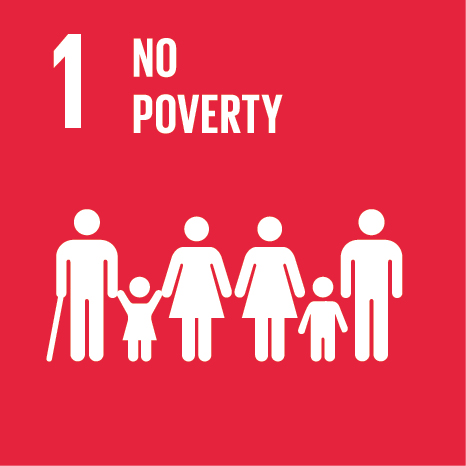 Goal 1: End poverty in all its forms everywhere
Goal 1: End poverty in all its forms everywhere
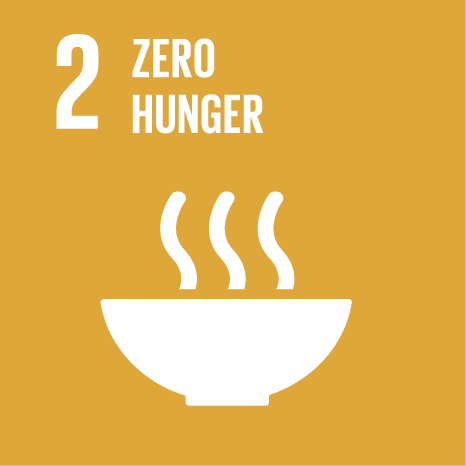 Goal 2: End hunger, achieve food security and improved nutrition, and promote sustainable agriculture.
Goal 2: End hunger, achieve food security and improved nutrition, and promote sustainable agriculture.
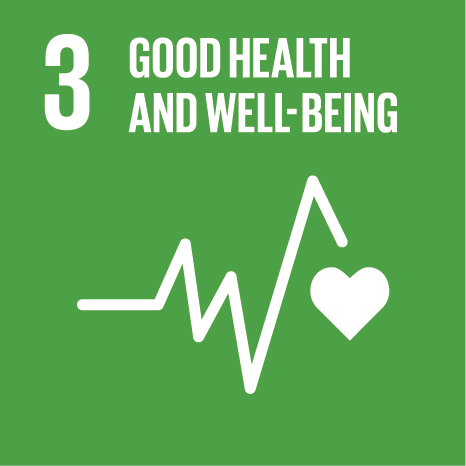 Goal 3: Ensure healthy lives and promote well-being for all at all ages
Goal 3: Ensure healthy lives and promote well-being for all at all ages
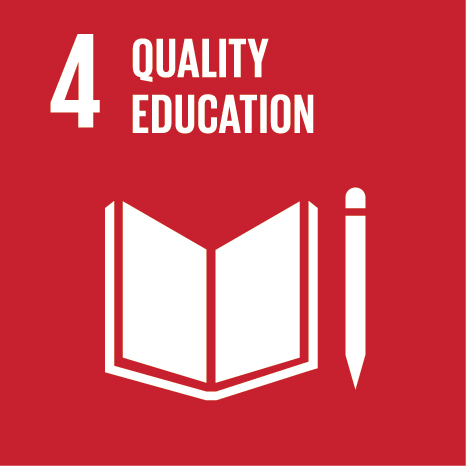 Goal 4: Ensure inclusive and equitable quality education and promote lifelong learning opportunities for all
Goal 4: Ensure inclusive and equitable quality education and promote lifelong learning opportunities for all
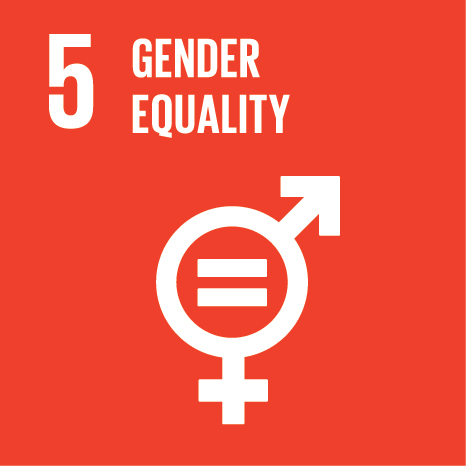 Goal 5: Achieve gender equality and empower all women and girls
Goal 5: Achieve gender equality and empower all women and girls
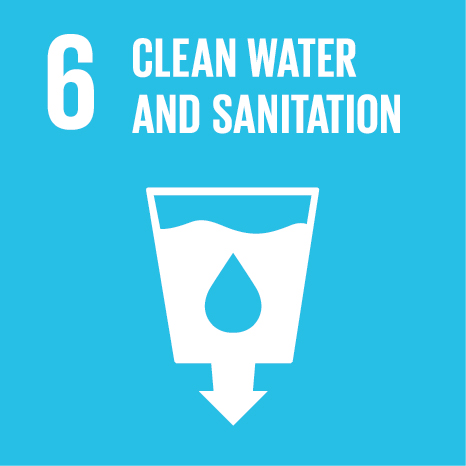 Goal 6: Ensure access to water and sanitation for all
Goal 6: Ensure access to water and sanitation for all
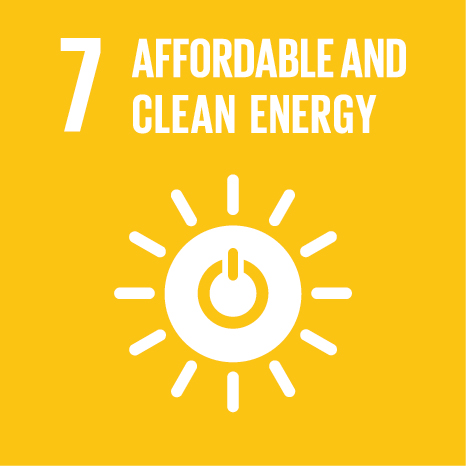 Goal 7: Ensure access to affordable, reliable, sustainable and modern energy
Goal 7: Ensure access to affordable, reliable, sustainable and modern energy
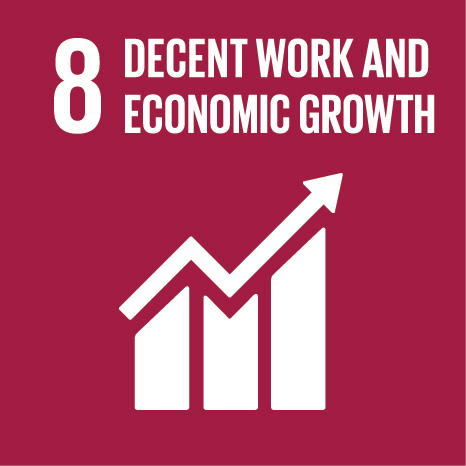 Goal 8: Promote inclusive and sustainable economic growth, employment and decent work for all
Goal 8: Promote inclusive and sustainable economic growth, employment and decent work for all
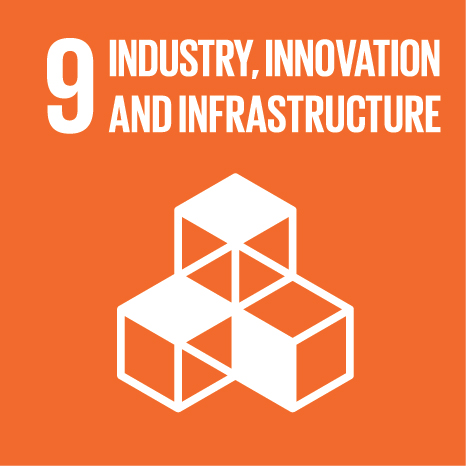 Goal 9: Build resilient infrastructure, promote sustainable industrialization and foster innovation
Goal 9: Build resilient infrastructure, promote sustainable industrialization and foster innovation
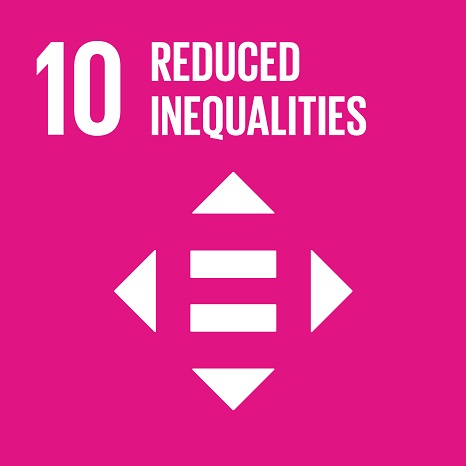 Goal 10: Reduce inequality within and among countries
Goal 10: Reduce inequality within and among countries
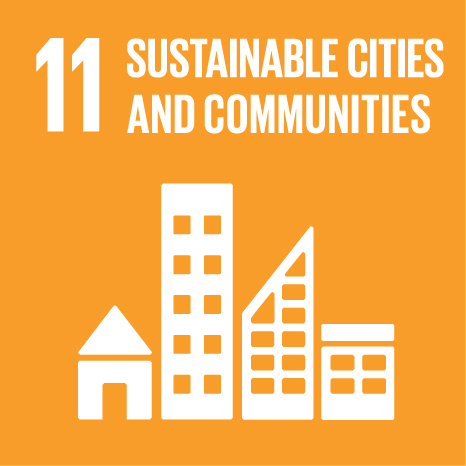 Goal 11: Make cities inclusive, safe, resilient and sustainable
Goal 11: Make cities inclusive, safe, resilient and sustainable
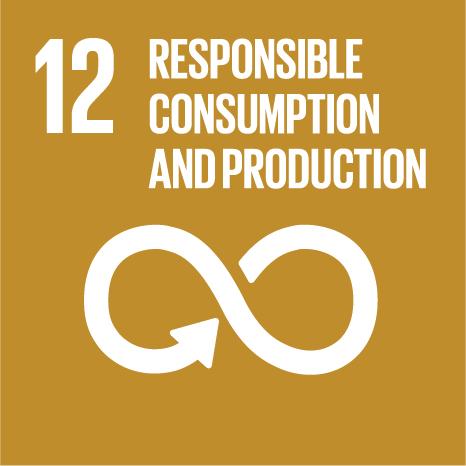 Goal 12: Ensure sustainable consumption and production patternsv
Goal 12: Ensure sustainable consumption and production patternsv
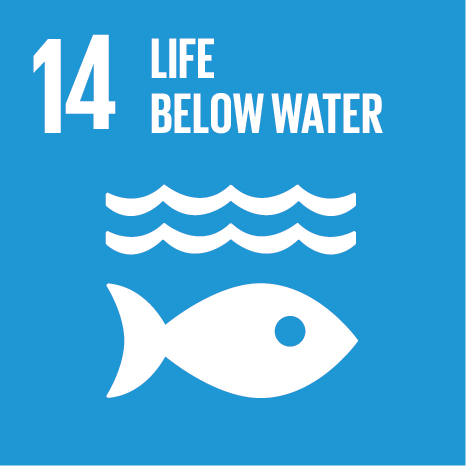 Goal 14: Conserve and sustainably use the oceans, seas and marine resources
Goal 14: Conserve and sustainably use the oceans, seas and marine resources
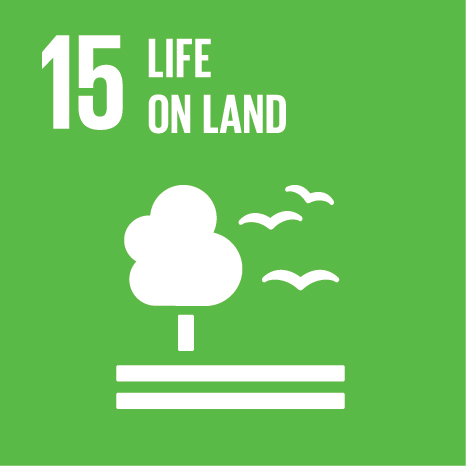 Goal 15: Sustainably manage forests, combat desertification, halt and reverse land degradation, halt biodiversity loss
Goal 15: Sustainably manage forests, combat desertification, halt and reverse land degradation, halt biodiversity loss
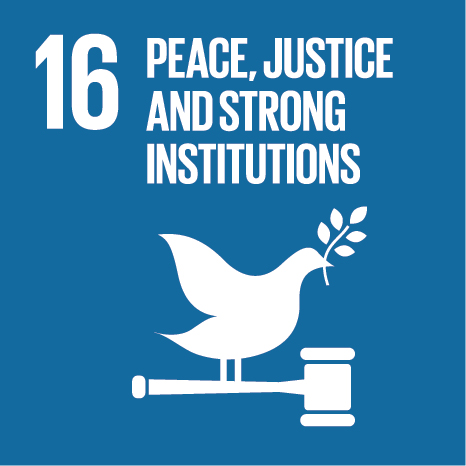 Goal 16: Promote just, peaceful and inclusive societies
Goal 16: Promote just, peaceful and inclusive societies
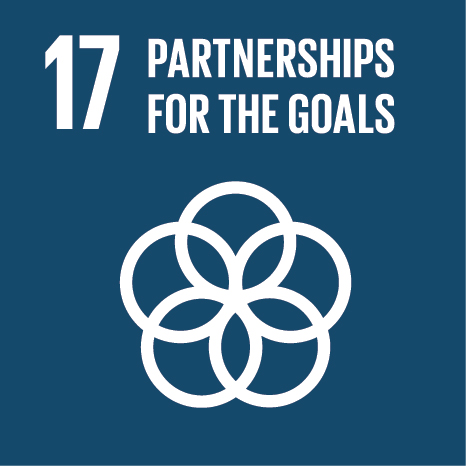 Goal 17: Revitalize the global partnership for sustainable development
Goal 17: Revitalize the global partnership for sustainable development
